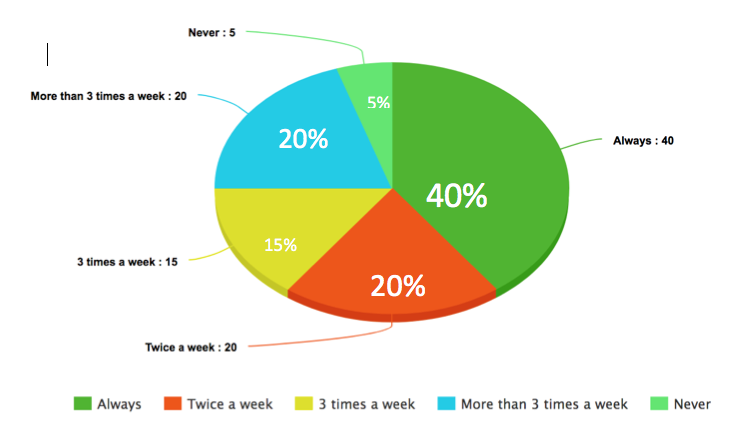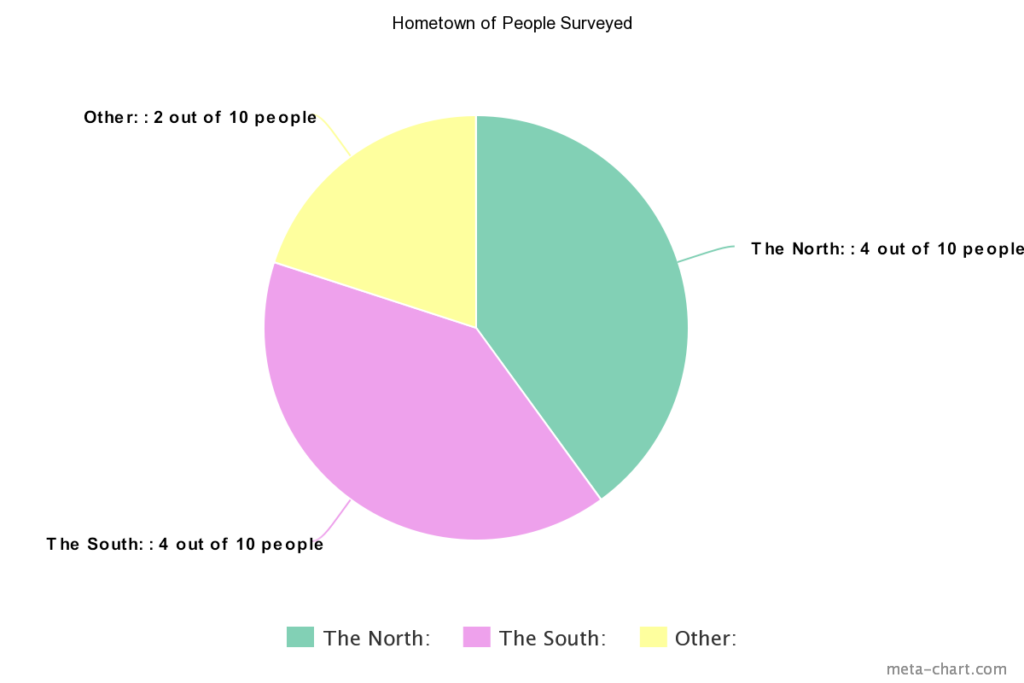By Lisa Cochran
Going to art museums isn’t enough anymore. To get the full experience, people need to eat in one of their restaurants.
Eating in museum restaurants has become increasingly common as museums have branched out to the culinary arts in recent years.
Despite the higher prices of these restaurants, patrons say that the cost is worth it for the ambiance and highly aesthetic food presentation common in these art museum restaurants.
Some museums, such as the MoMa and the Neue Galerie, even hire professional chefs and specialized sommeliers, restaurant managers said.
For some museums, the restaurants follow a theme in conversation with the museums themselves, such as the Jewish museum’s Russ and Daughters, serving traditional Jewish food and the Neue Galerie’s Café Sabarsky which prides itself on its Austrian cuisine.
These museum cafés are immensely popular and welcome many customers on a day to day basis.
“It’s really nice to sit down and eat after an entire day of walking in a museum, it’s like a cherry on top,” said Elvira Eykhmans of New York, a patron of Café Sabarsky.
MoMA: Cafés 1 and 2 Catch Foodies
Patrons of modern art are attracted to MoMa’s Cafés 1 and 2 by their black marble wallpapers and the aroma of roasting coffee beans.
Café 1 is a counter-service coffee and pastry stand that adheres to the same black and white theme. The cup holders of the café read the Robert Rauschenberg quote, “An artist is a diplomat, a prophet, a historian, a poet.”
Black-colored cube-shaped seating overlooking the MoMa courtyard gives coffee drinkers an area to sit and chat. Unfortunately, there are no tables in this area.
“This is supposed to be a kind of grab and go thing, Café 2 is where you sit down to eat,” said Café 1 barista, Michael.
Café 2 is a French and Italian restaurant located right next to Café 1, following the same black and white aesthetic.
“I think this restaurant really fits the typical modern art fan. It’s very trendy” said Davis McCullough of Manhattan.
McCullough recommended the restaurant’s toasted foccacia while a Café 2 host, Isaiah, recommended the mixed salad.


Russ and Daughters Rises in Popularity
Located in the basement of the Jewish museum on museum mile, Russ and Daughters serves traditional and kosher Jewish food for all.
Despite the fact that Russ and Daughters is often referenced as the restaurant in the Jewish museum, the restaurant actually originated on 127 Orchard Street, said maitre d’, Shir Brickner.
This lower East Side appetizing store founded when Polish immigrant, Joel Russ, came to Manhattan and began a catering service with the intent of targeting Jewish immigrants, the company’s website says.
Russ later hired his daughters Ida, Anne, and Hattie to work for the company, giving it the name Russ and Daughters.
Employee Jon said this was not a feminist statement but merely an act of pragmatism as Russ needed help with his company.
The history of this establishment fits appropriately with the theme of the art museum, both celebrate Jewish culture through artistic means.
Russ and Daughters puts emphasis on its adherence to kosher standards and maintains that it serves “comfort food,” Brickner said.
This restaurant is most popular during the brunch hour while its appetizer counter sees crowds at varying times of day, Brickner said.
“My personal favorites are the knishes and the Chocolate Babka French Toast,” said frequent diner, Shannon Clarke. “They’re divine.”


Neue Trends in Austrian Food at Café Sabarsky
Café Sabarsky is an upscale Austrian-themed restaurant appropriately located inside the Neue Gallerie.
The 19th century dark, wooden walls and German paintings located in Café Sabarsky contribute to the Germanic atmosphere of the restaurant, along with a selection of Austrian pastries encased in glass.
According to employee, Richard, the most popular menu item is the strudel with Schlagsahne (whipped cream).
While some customers complained about the high prices of this restaurant, most said Café Sabarsky was worth the cost.
“It’s nice to just sit here really, it’s a nice atmosphere and I like how it feels like you’re in Europe,” said Kyle of Brooklyn.
The restaurant’s menu also features an array of Viennese coffees and a lengthy assortment of teas and German wines.
Outside the café, a plaque gives a brief biography of Serge Sabarsky, the café’s namesake and a co-founder of the Neue gallery.
Sabarsky was an art collector and connoisseur of Gustav Klimt who was born in Vienna and later moved to New York where he fought in WWII for the American army as an infantryman.
Following the war, he became an architect and opened his first gallery on Madison Avenue.


Lisa Cochran is a rising senior at Ames High School in Ames, Iowa.




 Don was referring to the stereotype where 100% of the people interviewed agreed that they view the South as very conservative.
Don was referring to the stereotype where 100% of the people interviewed agreed that they view the South as very conservative. 
